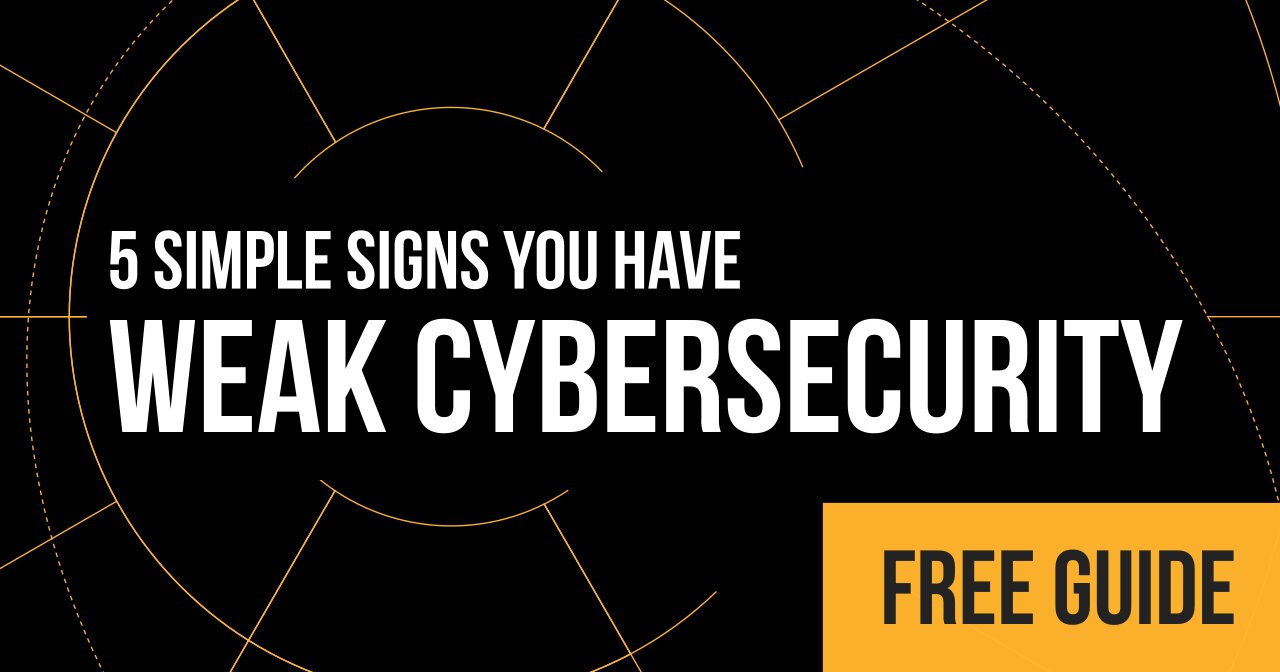 It’s the start of summer. Time for barbeques and summer vacations!
It’s the start of summer. Time for barbeques and summer vacations!
I’d love for that to be the end of this message, but, unfortunately, there’s some really bad things happening to businesses like yours.
There’s been an alarming uptick in IT support teams asking our team for assistance with ransomware events.
Cyberattacks increased in June 2023. According to a report by IT Governance, there have been 104 publicly disclosed security incidents in 2023, which accounted for 277,618,767 leaked records. Of these, 23 incidents occurred in June, which is more than any other month so far this year.
What’s causing all of this?
There are many possibilities here. It could be the destabilization in Russia, the economy, political activism, or the continued sophistication of hackers.
This is a complex issue, but here are a few facts:
- On June 28, 2023, the National Security Agency and Central Security Service issued a report in which they noted the growing sophistication of hackers, and the dire need for vigilance.
- The current destabilization in Russia is creating much uncertainty and fear (this could make people more likely to launch cyberattacks.)
- Every industry is being hit by Inflation, the energy crisis and supply chain issues, which means a new crop of hackers entering the field and lower budgets for organizations to address them.
- Political activists throughout the world are using cyberattacks as a way to hit companies of all sizes in order to make a statement.
I know this is prime vacation season for many of us, but let’s not forget the danger is real. Having to clean up from a party you threw is one thing. But celebrating and then having to clean up a major ransomware attack that impacts your critical business processes is unacceptable in 2023.
The best prevention starts with understanding your risks, and the fact that you may be shouldering greater risk than you realize if you decide to just stick with the status quo.
Have you been getting a third-party assessment to check your work? This is especially vital after projects or major network changes. Many of these attacks start with small holes that were created from minor mistakes.
If you aren’t double checking—AND making sure your network can withstand the latest techniques and vectors hackers are using to break in—you may be putting your organization at risk of a major data breach or ransomware attack.
So, what’s the next step?
It’s easy. Getting a third-party security assessment or penetration of your network.



